Supplychain Report – The Yale Budget Lab has reported that U.S. consumers are now facing an average effective tariff rate of 18.6 percent, the highest level since 1933. The research center said this increase translates into an average household income loss of around USD 2,700 for 2025.
The non-partisan policy research group releases weekly estimates on the price effects of tariff changes. At the start of the year, the effective tariff stood at 2.4 percent, meaning the current level is nearly eight times higher. The Lab’s model evaluates tariffs on a real-time basis, projecting price effects as if policies remain in place.
After accounting for expected consumer behavior—such as shifting toward cheaper substitutes—the average effective tariff rate is 17.7 percent, still the highest since 1934. The findings highlight how deeply U.S. households depend on globally sourced goods.
According to the Lab’s analysis, certain categories are expected to see the most significant cost increases:
- Clothing: Short-term prices may rise by 37 percent before consumers switch to alternatives, with a long-term increase of 17 percent.
- Electronics: Including smartphones, computers, and televisions, short-term costs are projected to rise by 17 percent, easing slightly to 12.5 percent in the longer run.
- Autos: Expected to increase by 12.4 percent in the short term and 9.4 percent over time.
Primary commodities, which underpin U.S. manufacturing and food production, are also affected:
- Metals: Prices are projected to rise by 41 percent in the short term and 17 percent in the longer term.
- Crops: Estimated to increase 31.5 percent initially, with an 18 percent longer-term rise.
These higher input costs are expected to contribute to rising prices in downstream sectors such as automobiles and food.
The Yale Budget Lab emphasized that tariffs act as a regressive tax, placing greater relative burdens on lower-income households. The report noted that in 2025, the short-run burden on the lowest income decile is more than three times heavier than that on the highest decile (-3.8 percent versus -1.1 percent).
#TradePolicies #TariffsAndDuties #ConsumerPrices #EconomicImpact #NewsUpdate

















